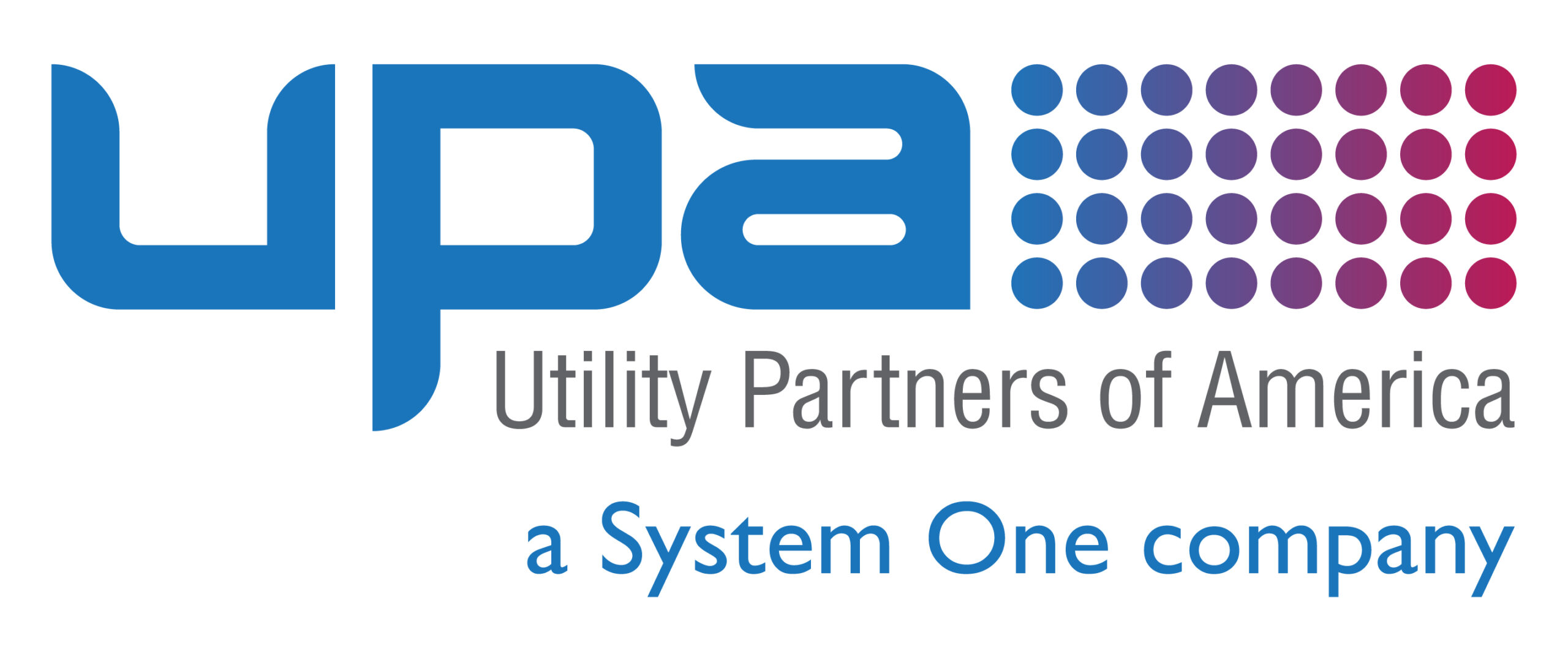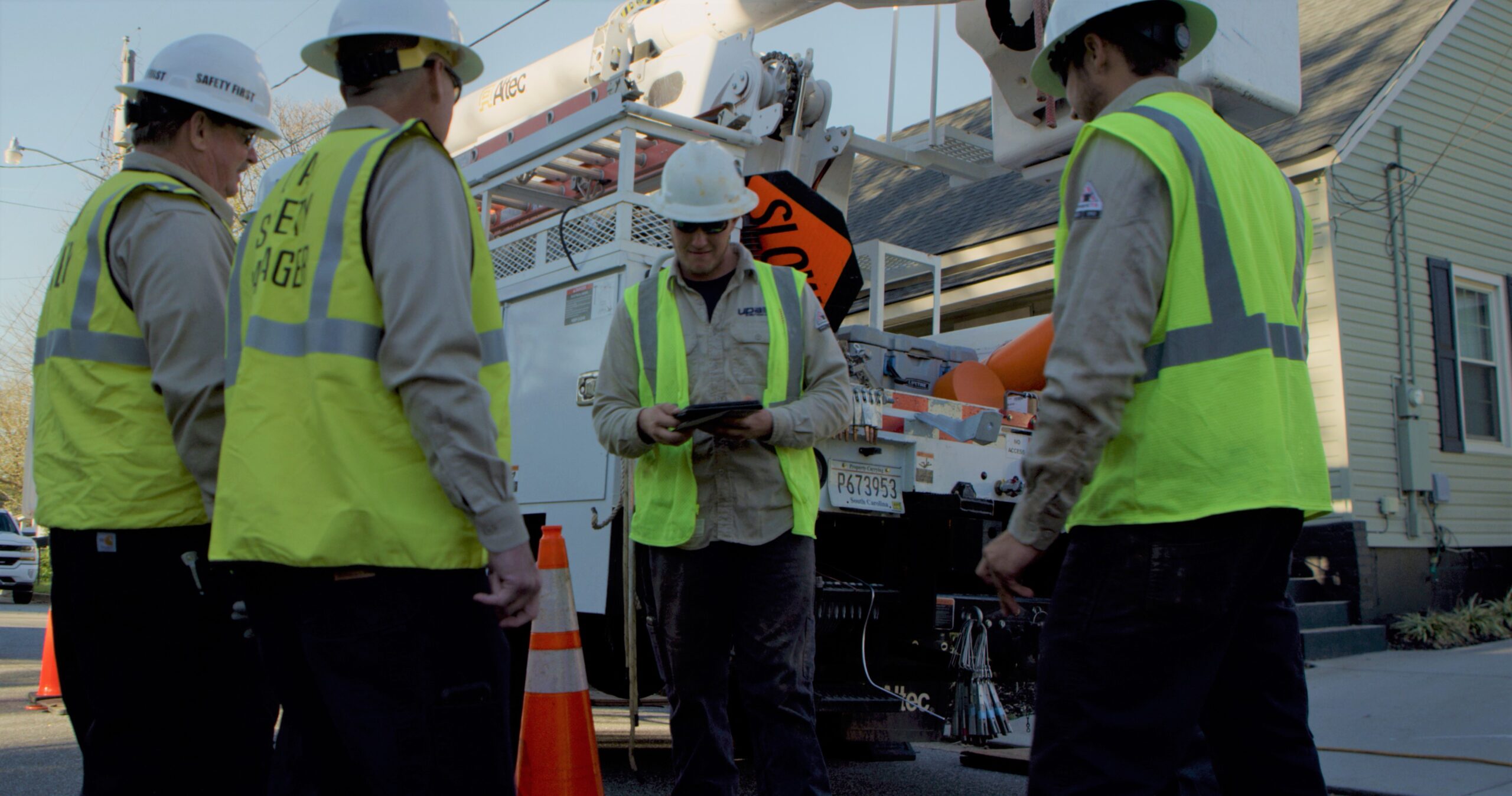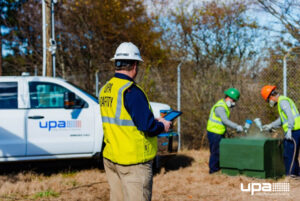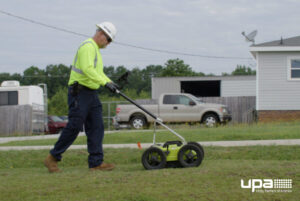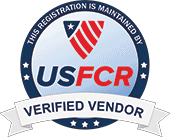Every workday, utility construction jobsites around the country are buzzing with activity as workers and tradespeople toil away. But before the first meter is installed, the first pole is repaired, or the first underground utility is located, it’s not uncommon to see these hardworking employees and contractors gather for what’s called a toolbox talk. Also known as a tailgate meeting, these informal sessions are brief safety discussions in which jobsite leaders reinforce best practices for remaining safe while working.
The concept of toolbox talks has been growing rapidly in popularity over the last few decades—which may be one of the biggest reasons why worker deaths, injuries and illness are down significantly since the 1970s, according to the Occupational Safety & Health Administration. If you want to start toolbox talks on your jobsites or you’re looking for a few tips to improve your ongoing sessions, read on as we recap our top five things to remember about toolbox talks
Timing is Everything
There’s a reason why we mentioned workers gathering for toolbox talks at the start of the shift. Not only does it give you a chance to remind them about these essential safety pointers just prior to workers getting their hands dirty, but by holding the meetings at the same time every day, you instill a routine that they can expect and rely on to occur. Conducting the meeting at the start of the shift also gives leaders the best possible chance of connecting with as many workers at one time as possible. If you are unable to hold a toolbox talk at the start of the shift, either due to a prior obligation or staggered schedules, having these meetings during employee breaks when they can focus solely on the message is the next best alternative.
Be short and sweet
Now that we’ve discussed when these meetings should take place, let’s address how long they should be. The reality is that most people struggle to focus for more than a few minutes at a time, so it’s in workers’ best interests to keep your daily toolbox talk to no more than 15 minutes. In order to remain brief, stay on task and on point, highlighting only the most important tips that workers need to know that day. If you can’t stick to a 5 or 10-minute session, include any ancillary points on a handout and pass them out at the end of the meeting.
Do what you can to keep workers’ attention
In addition to holding concise meetings, leaders should strive to make their toolbox talks equal parts informative and engaging. Whenever possible, use visual aids and real-life equipment to demonstrate how to (and how not to) operate machinery or tools. Instead of spouting off statistics that aren’t likely to resonate with workers, provide examples of real stories of people like them who encountered a potentially dangerous situation and used one of the tips given in that day’s talk to stay safe.
Stay positive
When these people come to work every day, they are already aware of the inherent dangers that come with the job. The point of a toolbox talk isn’t to scare or intimidate someone to the point that they are afraid to take on their task. Instead, focus on the positives and elevate the meeting by highlighting safety milestones like the number of consecutive days on the jobsite without an accident.
Leave time for questions
We’ve talked a lot about the importance of a succinct meeting, but that doesn’t mean you shouldn’t leave time for questions. Giving workers the opportunity to ask questions or share their own tips and anecdotes with the group is a vital part of the process. Conversations that arise in this Q&A session of the meeting may lead to a larger discussion at a later date that could potentially save someone’s life.
Utility Partners of America prioritizes safety
Over the last 25 years, UPA has partnered with many utilities and energy cooperatives, which means we’ve spent a lot of time on different jobsites. Armed with that experience, we can’t say enough about toolbox talks and the role they can play in keeping workers safe. If you’re interested in learning more about the type of toolbox talks we lead, or any of the services we provide for our utility partners, we encourage you to contact us by filling out this form or calling (888) 667-1411.
